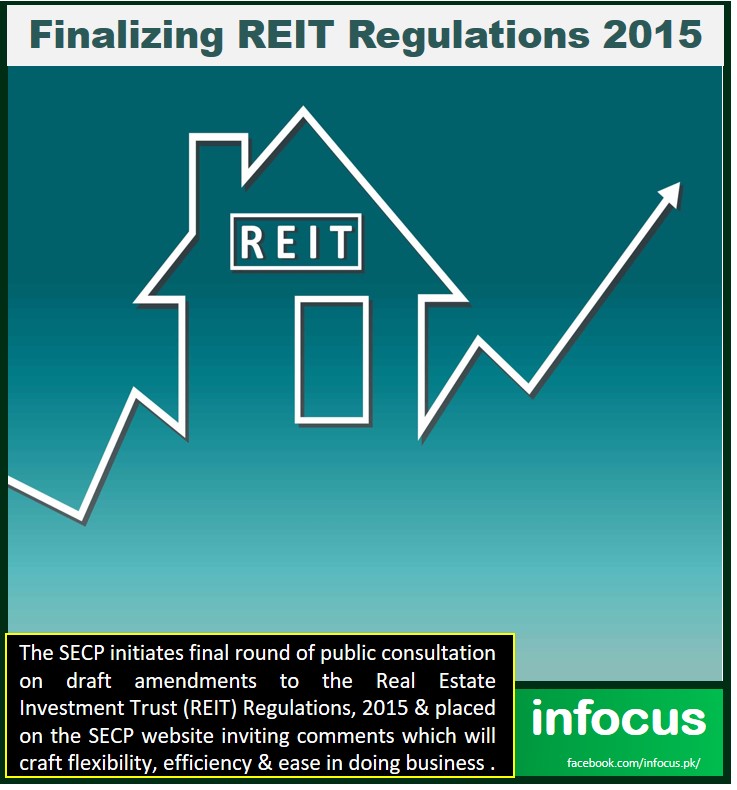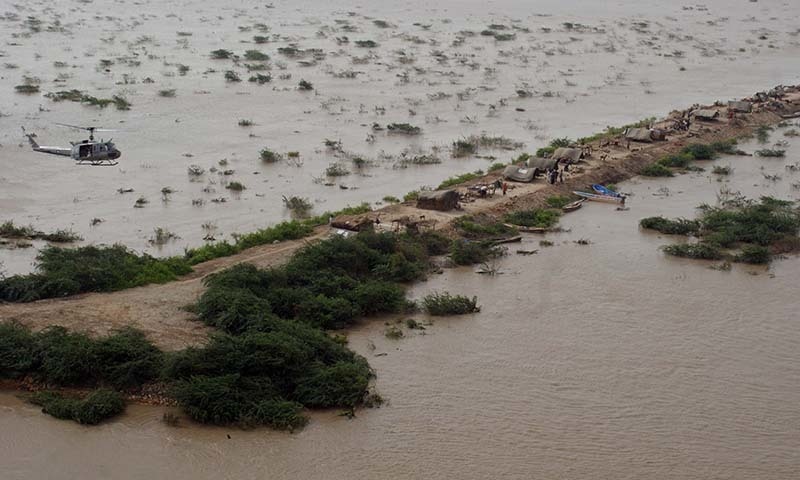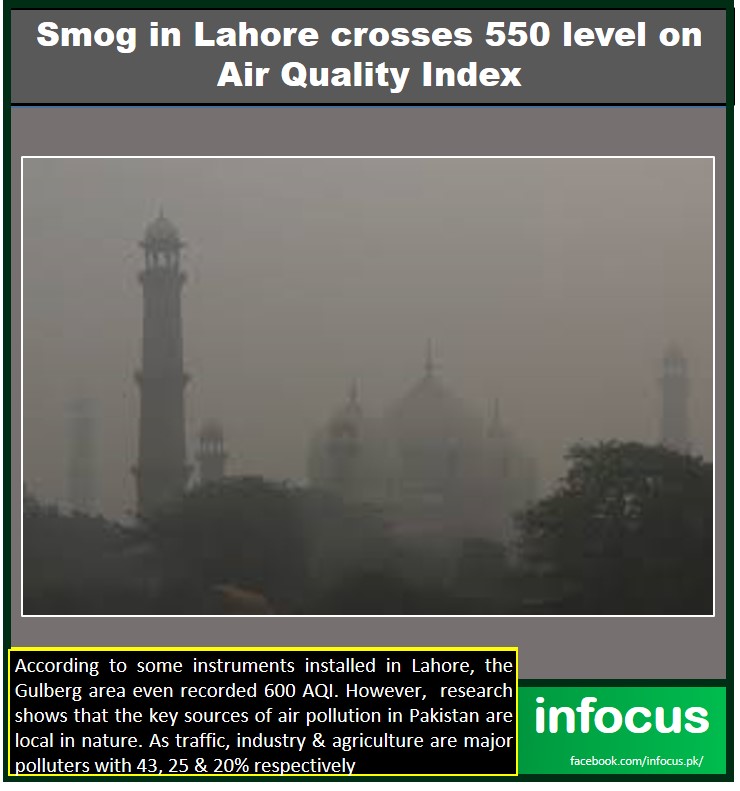13 November 2022
TPL REIT receives Approval
As their first Real Estate Investment Trust (REIT) venture, the TPL REIT Management Company Ltd has received approval for a master plan to build a gated residential community on 40 acres in Korangi Creek, costing more than Rs 200 billion nearly. The project will offer up to 3,000 residential units in a number of mid to high-rise creek side towers, some commercial space and a hotel along with amenities like hospitals and schools. All assets under a REIT are controlled by a trustee instead of its majority shareholder.

As for the funds required to develop the project, according to their CEO the company will arrange liquidity from various sources. The first stream of cash will be from the Rs 18.35 billion TPL REIT Fund-I and the TPL Properties contributed Rs 7.1 billion of the land value to the fund in the form of investment property called the initial asset portfolio. The remaining Rs 11.25bn has been raised through eight commercial banks that served as anchor investors. However, the 40-acre project will receive only a part of the cash raised under the Rs18.35 billion TPL REIT Fund-I. The company is using the rest of the financing to develop a technology park in Korangi and a 30-floor high-end residential tower in Karachi`s financial district.
Peshawar Brick Kilns Sector into Zigzag Tech
The Peshawar division commissioner has directed his offcials to prepare a plan for converting all the brick-kilns in the provincial capital into zigzag technology to control the environmental pollution. He issued the directives while chairing a meeting this week, which was also attended by Peshawar deputy commissioner and officials of Environmental Protection Agency.

The conversion of brick-kilns into zigzag technology is being carried out in line with the provincial government`s directives to control air pollution in the provincial capital during winter. The officials said only two brick-kilns in KP had been put on zigzag technology, which had yielded positive outcomes. The meeting was told that currently brick-kiln owners were using plastic, coal, wood and rubber to fire their furnaces, which was increasing emissions and damaging public health. The commissioner directed the deputy commissioner to hold meetings with the enjoinment department, industries and brick-kiln owners in order to implement the zigzag technology effectively.
World Bank estimates $348 billion for Pakistan
In a latest assessment, the World Bank has estimated that the total investment needs for a comprehensive response to Pakistan`s climate and development challenges between 2023 and 2030 amount to around $348 billion which is equal to 10.7% of cumulative GDP for the same period. This consists of $152 billion for adaptation and resilience and $196 billion for deep de-carbonisation, reveals the Country Climate and Development Report for Pakistan released by the World Bank at the COP27 in Sharm El-Sheikh on Wednesday. The report has also warned that the combined risks from the intensification of climate change and environmental degradation, unless addressed, will further aggravate Pakistan`s economic fragility, and could ultimately reduce annual GDP by 18 to 20 per cent per year by 2050.

Considering the scale of the shocks, Pakistan will need increased international support in order to build longer-term resilience or else its hard-won development gains and future aspirations could be jeopardised, the report says. Given the size of expected climate shocks, greater concessional international finance will be essential, therefore a comprehensive climate financing strategy will need to be developed with higher domestic resource mobilisation, more accountable and impactful allocation of public spending and higher levels of international climate finance. The government should prioritise interventions that simultaneously deliver development outcomes and climate benefits and sequence policy actions realistically, based on their overall impact and relative urgency, the report suggests.
Lahore Air Quality worsened
The air quality levels of Lahore are continuously falling to hazardous levels. With the onset of the winter, the smog and air quality situation in Lahore continues to get worse day by day. It was marked as the city with the worst air quality in the whole world once again this week. The air quality of the city on the AQI (air quality index) was noted to be 481 this week, one of the worst in recent times, according to the igair.com, which monitors the air quality across the world. In the AQI ranking of world cities, Lahore (in real time) was followed by Delhi (279), Ulaanbaatar Mongolia (182), Dhaka (177) and Karachi (174).

Meanwhile, Chief Minister Pervaiz Elahi approved introducing electric mini-carts in place of the motorcycle-rickshaws. He presided over a meeting in which the government decided to promote environmentally-friendly electric bikes to reduce pollution. The CM also said electric bikes and cars would be encouraged in the province. He revealed a readable token sticker would be pasted on the vehicles after conducting their inspection and in case of the absence of a readable inspection token the vehicle would immediately be put off the road.


